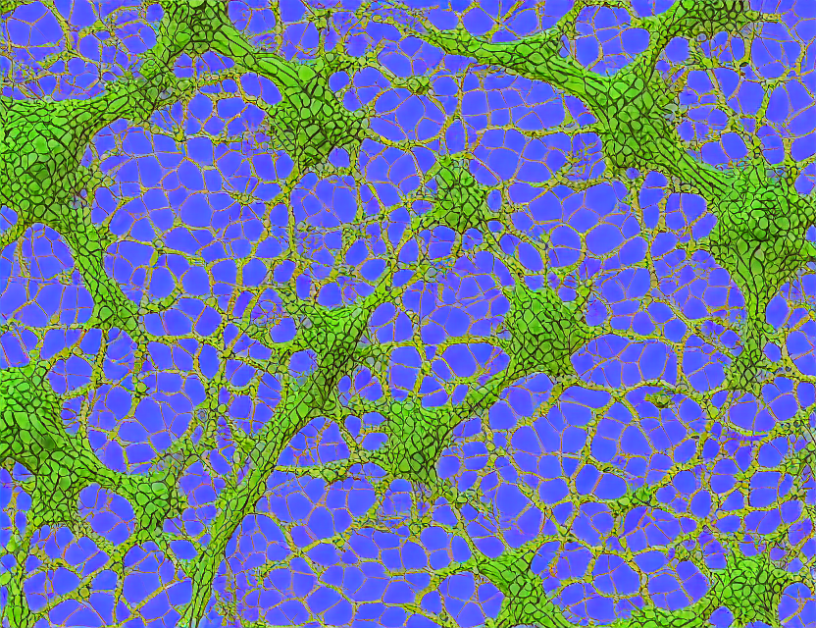In this article, we propose a new numerical method for solving partial differential equations (PDEs) in solid mechanics. Our approach is based on the idea of splitting the PDE into two simpler problems, which allows us to use more efficient and accurate numerical methods. We call this method "structure-preserving semi-convex-splitting scheme" because it preserves the structure of the original problem while using a semi-convex-splitting scheme.
To understand why this is important, imagine you have a complex system that you want to model mathematically, such as the flow of fluids in a pipe network. The PDEs that describe this system can be very difficult to solve accurately, especially when there are many complex interactions between different parts of the system. Our method provides a way to simplify these PDEs by breaking them down into smaller, more manageable pieces. This makes it easier to solve the equations and obtain accurate results.
One of the key advantages of our method is that it allows us to treat the time derivative explicitly, which can lead to faster convergence rates and more accurate solutions. We also use a special structure for the nonlinear term in the PDE, which helps to maintain the structure of the original problem while using a simpler numerical method.
We demonstrate the effectiveness of our method by applying it to several examples, including a model of lymphangiogenesis in a zebrafish embryo. In this example, we show that our method is able to accurately capture the complex dynamics of the fluid flow and the formation of new blood vessels.
Overall, our structure-preserving semi-convex-splitting scheme provides a powerful tool for solving PDEs in solid mechanics, and has important implications for a wide range of applications, including fluid dynamics, heat transfer, and material science. By simplifying the PDEs and using more efficient numerical methods, we can obtain more accurate solutions and gain new insights into the behavior of complex systems.
Mathematics, Numerical Analysis
Mathematical Modeling of Lymphangiogenesis: A Convex-Splitting Scheme Approach



